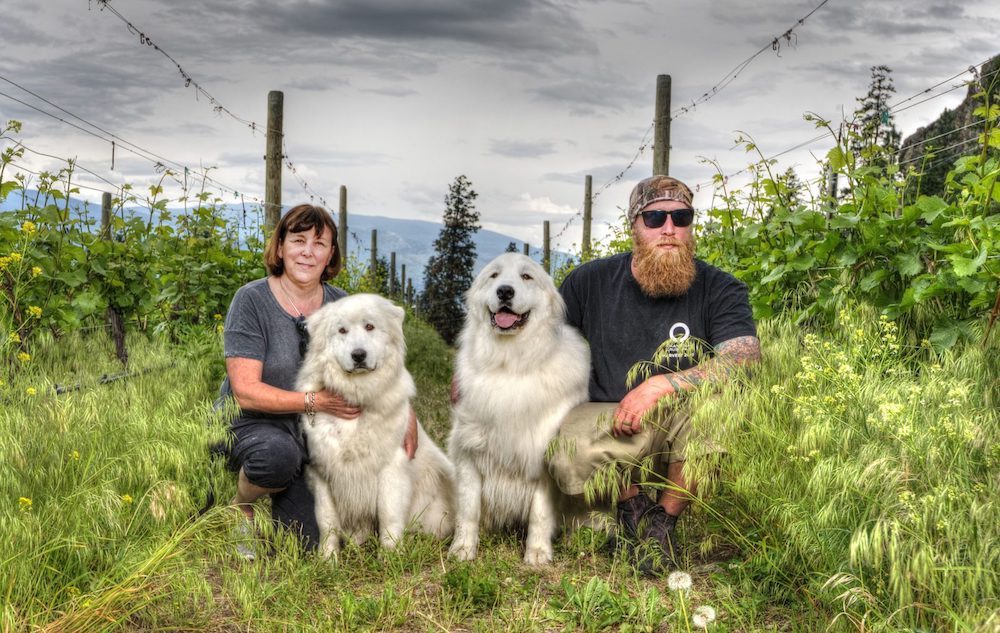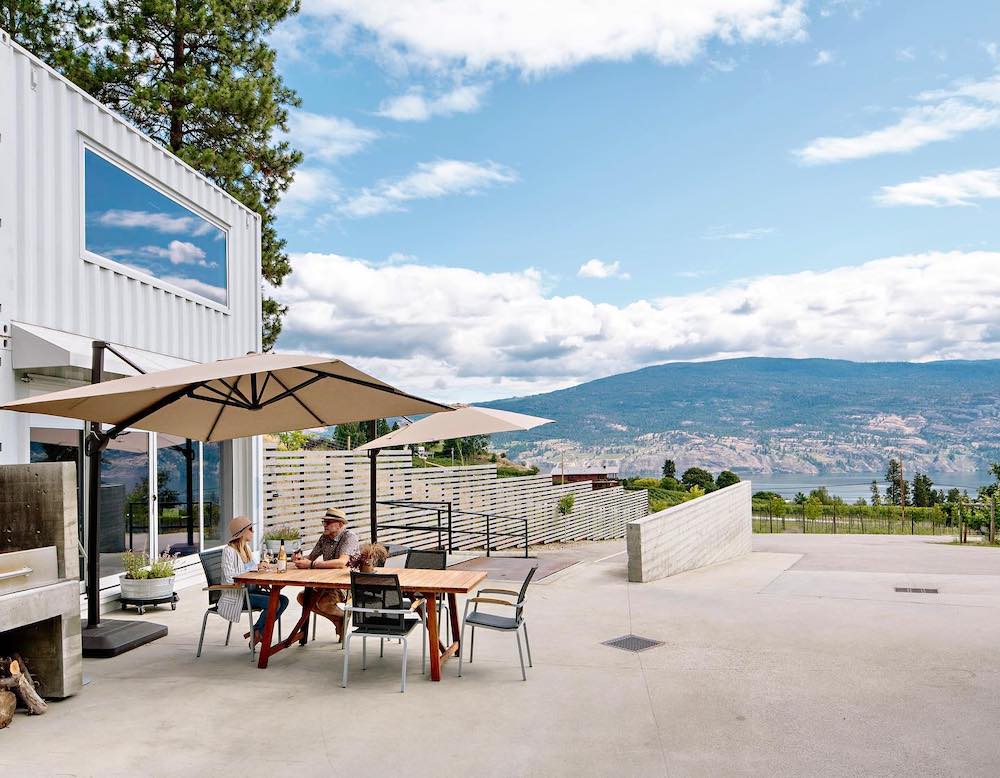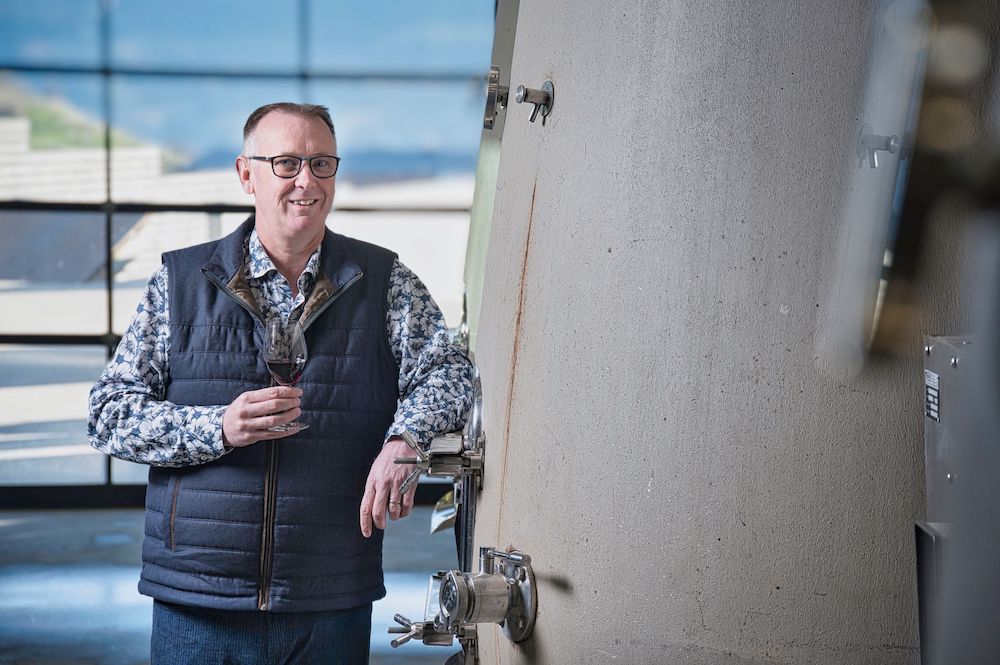By Peter Rod
I was recently reading a great article on the mysteries of terroir by the brilliant British writer, Andrew Jefford.
He wrote of the endless unique and ever-changing elements that make up the terroir of a particular vineyard and how they, individually and collectively, impact the style of wine produced there. The soil, the water, the heat, the cold, the sun, the clouds, the wind, the slope, the aspect, the roots, all the life these places support from tiny microbes to larger mammals, and so much more.

With the changing and unpredictable climate, is terroir becoming more and more of a mystery for viticulturalists and winemakers? As consumers, how can we possibly make sense of so many variables and how much of an influence does all this really have on our buying decisions? I must admit, I am a very traditional wine consumer. I have expectations about how wines from specific places should smell, taste, and feel and am disappointed when they don’t deliver. For me, when I’m spending my hard-earned money on wine, there is a time for experimenting and risk-taking and there is a time for going with the tried-and-true classics.
Cum Romanus eris roughly translated is when in Rome, do as the Romans do. I espouse this philosophy when trying to make sense of the many choices I am faced with when I travel or am buying wines for the first time from new regions.
Let’s say I was in a new truck stop diner looking for lunch. I would almost certainly order a burger and fries or a club sandwich confident they would do an excellent job of these greasy spoon classics. Sampling their take on lobster thermidor just wouldn’t make sense but I guess if I was willing to assume the risk, I’d have to be prepared for whatever I received.

When I first visited the province of Lazio in Italy, I was keen to try a Procanico blend from Est! Est! Est! de Montefiascone before I considered ordering a Tempranillo from an innovative producer experimenting with atypical international varieties. I had an expectation of the Montefiascone as I’d read about it for years, but the Tempranillo was a complete wild card.
If the Procanico met my expectations, then I would benefit from added ‘cognitive’ pleasure in addition to the sensory pleasure of drinking it. Similarly, I haven’t lived in British Columbia for over 20 years, but when I was there from 1992 to 2000, I spent much of my wine buying and drinking attention on the local wines, just as I do now in Ontario. I grew to appreciate the world-class potential of certain varieties in the then young Okanagan Valley and have been watching closely as new regions, varieties, styles, and young, innovative producers emerge throughout B.C.

In Ontario, we celebrate our mastery of Riesling, Chardonnay, and Pinot Noir, both still and sparkling, Cabernet Franc, and Gamay. When I was in Vancouver, I learned that you could pretty much never go wrong with traditional method sparkling, the odd eclectic German crossing, Pinot Gris, Pinot Noir in the right sub-appellations, and robust southern Okanagan red blends. Today, there is just so much more choice and yet most of those tried-and-true varieties and styles continue to deliver some of the best wines year after year.
When a box of assorted wines arrived on my doorstep from the Okanagan Crush Pad Winery in Summerland, B.C. I was delighted to have the opportunity to revisit some of the traditional varieties and newer styles coming out of British Columbia. The OCP was opened in 2011 by Christine Coletta and Steve Lornie as a custom crush facility and home base for proprietary wines Haywire, Narrative, Free Form, and others. Ex-Andrew Peller, ex-Mission Hill winery superstar, Darryl Brooker, above, has recently assumed the role of CEO, so the future is certainly promising. Farming 375 acres of certified organic vineyards, the OCP is doing a lot of really exciting things and it’s a perfect introduction to a wine lover new to B.C. wines, or a loyal Okanagan advocate.
Here are some of the highlights of my tasting:
Haywire XC Sparkling NV (91 points) — This Pinot Blanc was fermented in concrete and then second fermentation ‘prise de mousse’ occurred in tank. At first glance, the wine in my glass is alive with tiny bubbles. In fact, it looks like a fresh coating of snowy mousse has fallen on the pale pink liquid. While this is a dry wine with lots of energy it also has just enough of a candied sugary note on impact to make it dangerously gulpable. There is a great zesty, pithy acidity that cuts through the creamy effervescence and since the bubbles dissipate quickly, this one goes down very quickly. Look for notes of rosehip, grapefruit, candied orange peel, pomegranate, pink peppercorn, sweet chili spice, and savoury herb notes. While the screwcap closure makes it very easy to reseal this bottle, I think most will find there are no leftovers. Move over Prosecco, this is a new summer party bottle and no food required.

Haywire The Bub 2017 (90+ points) — This traditional method sparkler, whose name references the owners’ daughter’s nickname, consists of 55% Pinot Noir and 45% Chardonnay. It’s nicely effervescent with lemon peel, proofing yeast, apple, and wet stone aromas. Dry, delicate with biting granny smith apple acidity. Lightly autolytic with great succulence and freshness. A perfect wine for the ideal aperitif or as a base for top-end cocktails if you lean that way. It promises some interesting additional complexity with 3 to 5 years of bottle age.

Haywire Vintage Bub 2018 (94 points) — My favourite of the bubblies. Super fine effervescence and wonderful complexity. Not surprising considering it spent a full 52 months aging sur lattes. Toast, buttered pear, brown butter, and hazelnut in the nose. The leesy character really comes through on the palate with toasted hazelnut and biscuit that lasts for 15 seconds or more. Fine acidity, creamy persistent mousse, and a lovely chalky astringency in the finish. This wine is a beauty and reinforces not only the quality of bubble being produced in B.C., but also the excellent value available at the top end.
Haywire Pinot Gris 2019 (92 points) — One of the most reliable varieties in British Columbia, this is yet another fine demonstration of just how happy Pinot Gris is in the high Okanagan desert. I sampled this cool, but not cold. After a few minutes of aeration, the nose exploded with honey, papaya, ginger, lemon zest, and spiced ripe Bartlett pear. Some wet stone and warm buttered toast added additional complexity and appeal. Pure and harmonious on the palate with lush ripe fruit, a creamy mid-palate, and the all-important juicy acid core to keep everything in balance. Delicious stuff.

Haywire Pinot Gris 2020 (90 points) — This version comes across as more of cooler style with brighter acidity and more restrained, fresh fruit. I noticed notes of lemon oil, apple blossom, fresh cream, and wet stone. Classic ‘Grigio’ notes of Bosc pear, white pepper, and melted paraffin also made an appearance. More fresh and linear on the palate but still balanced and appealing.
Narrative Pinot Blanc/Pinot Gris 2020 (91+ points) — If the Haywire PG 2020 is the refreshing appetizer, this is definitely the main course. A fatter, riper style with lower acidity and a creamy rich mouthfeel. It’s generous, round, lush and very food friendly although I’d avoid foods with acid components. I identified buttered pear, yellow apple, candied pineapple, and an interesting yogurty lactic tang with dried herbs on the nose. Aeration further exposed some subtle pepper spice notes. Overall, a pretty classic OK style white Pinot.
Haywire Garnet Valley Ranch Pinot Noir 2020 (92 points) — An intriguing nose of chili flakes, roasted bell pepper, sour red cherry, pomegranate, and peony. Overtones of gamey cured sausage adds mystery and appeal. Youthful and slightly taut at the core, but fleshy ripe fruit offers great promise. Youthful tannins may be a little overbearing at this point, but the fruit should carry them over the next 5 years where they will polymerize and soften. Some candied fruit and sweet baking spice in the finish adds complexity. This is certainly a wine that suggests a little patience. Wait 2-3 years to open your first bottle, and if you can’t wait that long, be sure to give it plenty of aeration before serving alongside a fine charcuterie platter or Asian spiced duck breast.

Narrative Syrah Viognier 2018 (91+ points) — Extended skin contact (9 months) really comes through with bruised Italian plum, pepper, tar, and cherry compote when first opened. While it’s slightly ‘cappy’ (initially slightly oxidative due to extended cap exposure) and bruised at first, with aeration, the wine freshens up with brighter cherry, stone fruit, and subtle chocolate complexity. Hints of peppercorn reinforce the varietal character. Dry and slightly astringent at first but really expands and harmonizes with time in the glass. When wines change in the glass as much as this one did, it’s often a sign it will benefit from further bottle aging. I’d give this one 5+ years before revisiting it alongside braised lamb shank or herb and garlic crusted, wood oven roasted wild boar.





Comment here